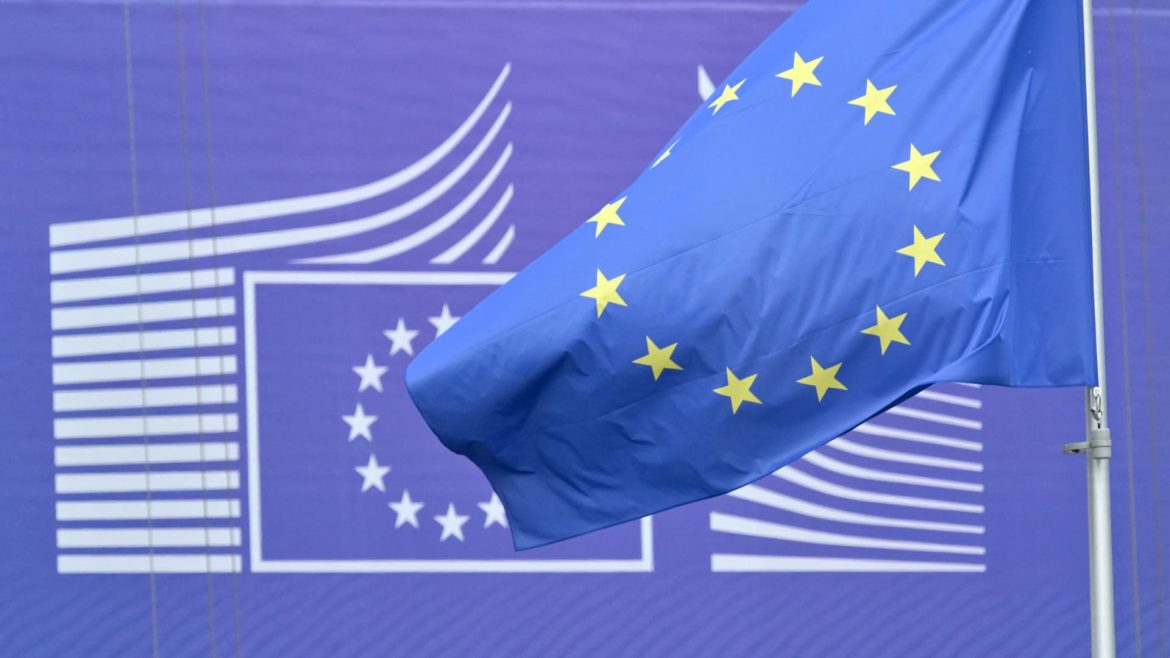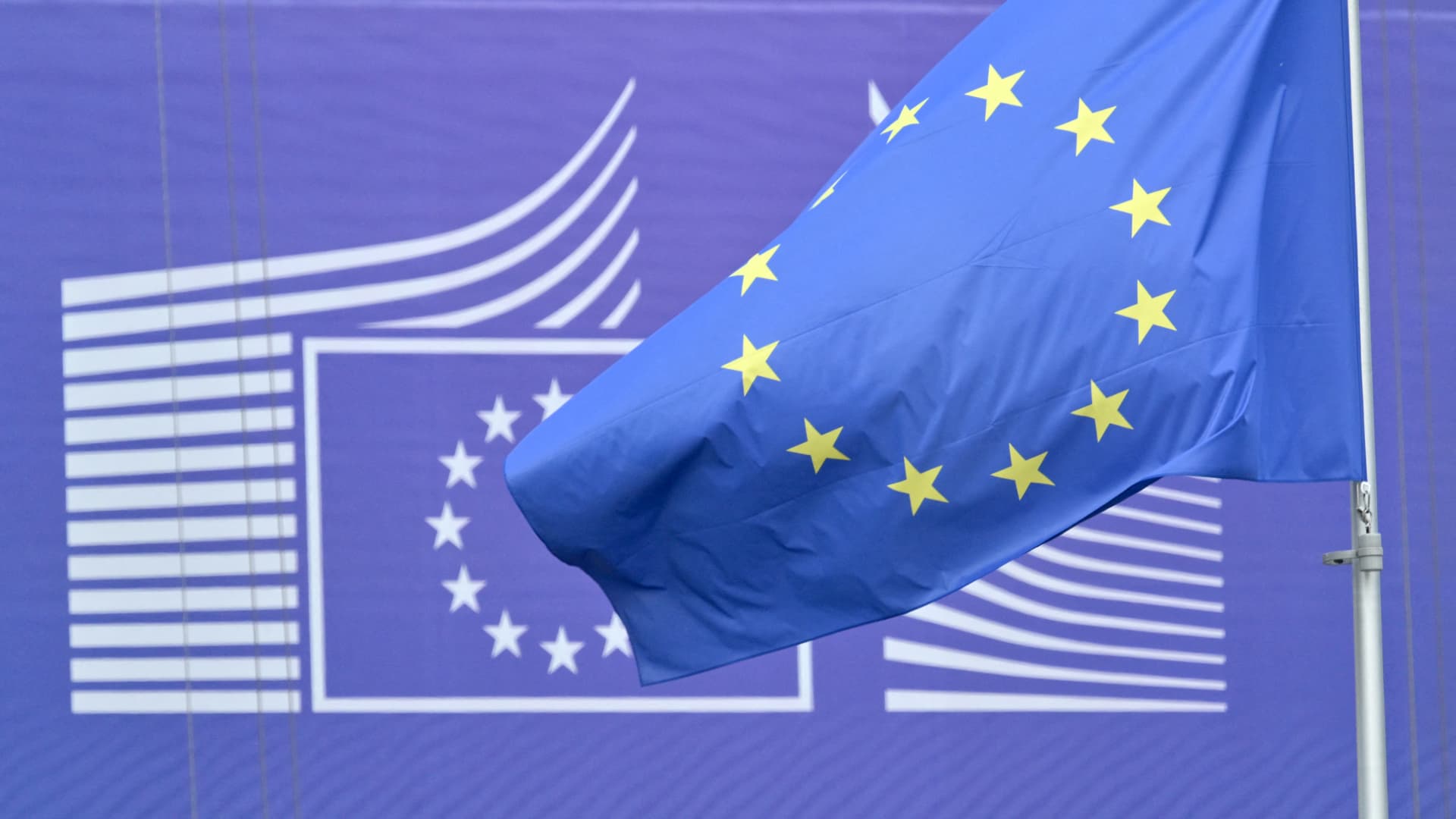A Deep Dive into the EU’s Response to U.S. Tariffs
The European Union’s decision to launch a dispute against the United States at the World Trade Organization (WTO) marks a significant escalation in the ongoing trade tensions between the two economic powerhouses. This move comes in response to the U.S. imposition of tariffs on steel, aluminum, and potential duties on automobiles, which the EU views as a blatant violation of fundamental WTO rules. The EU’s strategy involves both immediate retaliatory measures and a long-term legal battle at the WTO, aiming to protect its economic interests and uphold international trade principles.
The Immediate Retaliatory Measures
The EU has initially paused an initial set of retaliatory measures, opting instead to engage in negotiations with the U.S. This pause is a strategic move to create room for diplomatic discussions, hoping to resolve the issue without further escalation. However, the EU has made it clear that if negotiations fail, it is prepared to implement a counterstrike worth up to €100 billion. This counterstrike would target key U.S. industries, including aircraft and automobiles, which are significant contributors to the U.S. economy.
The EU’s decision to target U.S. planes and autos is not arbitrary. These sectors were chosen for their strategic importance and their potential to inflict economic pain on the U.S. The aerospace industry, dominated by Boeing, and the automotive sector, led by giants like Ford and General Motors, are both vital to the U.S. economy. By threatening these industries, the EU aims to apply pressure on the U.S. to reconsider its tariff policies.
The WTO Dispute
In parallel with the immediate retaliatory measures, the EU has announced its intention to launch a WTO dispute against the U.S. This legal battle will focus on the so-called “reciprocal” tariffs imposed by the Trump administration, as well as the tariffs on cars and car parts. The EU’s unequivocal view is that these tariffs violate fundamental WTO rules, which prohibit the use of unilateral measures to restrict trade.
The WTO dispute process is complex and can be lengthy, but it provides a structured forum for resolving trade disputes. The EU’s strategy involves building a strong legal case to demonstrate that the U.S. tariffs are unjustified and contrary to international trade agreements. This approach not only seeks to protect the EU’s economic interests but also aims to uphold the rules-based international trading system.
The Broader Implications
The EU’s response to the U.S. tariffs has broader implications for global trade and the international economic order. By standing firm against what it perceives as unjustified trade restrictions, the EU is sending a clear message that it will not back down in the face of protectionist measures. This stance is crucial for maintaining the integrity of the WTO and the principles of free and fair trade.
Moreover, the EU’s actions highlight the importance of multilateralism in resolving trade disputes. The WTO dispute process, although slow, offers a mechanism for countries to address their grievances within a rules-based framework. This is in contrast to unilateral actions, which can lead to a tit-for-tat escalation and a breakdown of international cooperation.
The Future of EU-U.S. Trade Relations
The outcome of the EU’s WTO dispute and the potential implementation of retaliatory measures will significantly impact the future of EU-U.S. trade relations. If the dispute is resolved in favor of the EU, it could set a precedent for other countries to challenge similar protectionist measures. Conversely, if the U.S. persists with its tariffs, it could lead to a prolonged trade war, with both sides suffering economic losses.
The EU’s strategy of combining immediate retaliatory measures with a long-term legal battle at the WTO is a calculated move. It aims to balance the need for immediate protection of its economic interests with the long-term goal of upholding international trade principles. This approach reflects the EU’s commitment to a rules-based trading system and its willingness to defend its economic interests in the face of unilateral actions.
Conclusion: A Pivotal Moment for Global Trade
The EU’s decision to launch a WTO dispute against the U.S. tariffs represents a pivotal moment for global trade. It underscores the importance of multilateralism and the rules-based international trading system. The outcome of this dispute will have far-reaching implications for how countries resolve trade disputes and uphold the principles of free and fair trade.
As the EU and the U.S. navigate this complex trade landscape, the world will be watching. The actions of these two economic giants will shape the future of global trade and set precedents for how countries address trade disputes. The EU’s strategy of combining immediate retaliatory measures with a long-term legal battle at the WTO is a testament to its commitment to defending its economic interests and upholding international trade principles. The coming months will be crucial in determining the future of EU-U.S. trade relations and the broader implications for the global economy.


